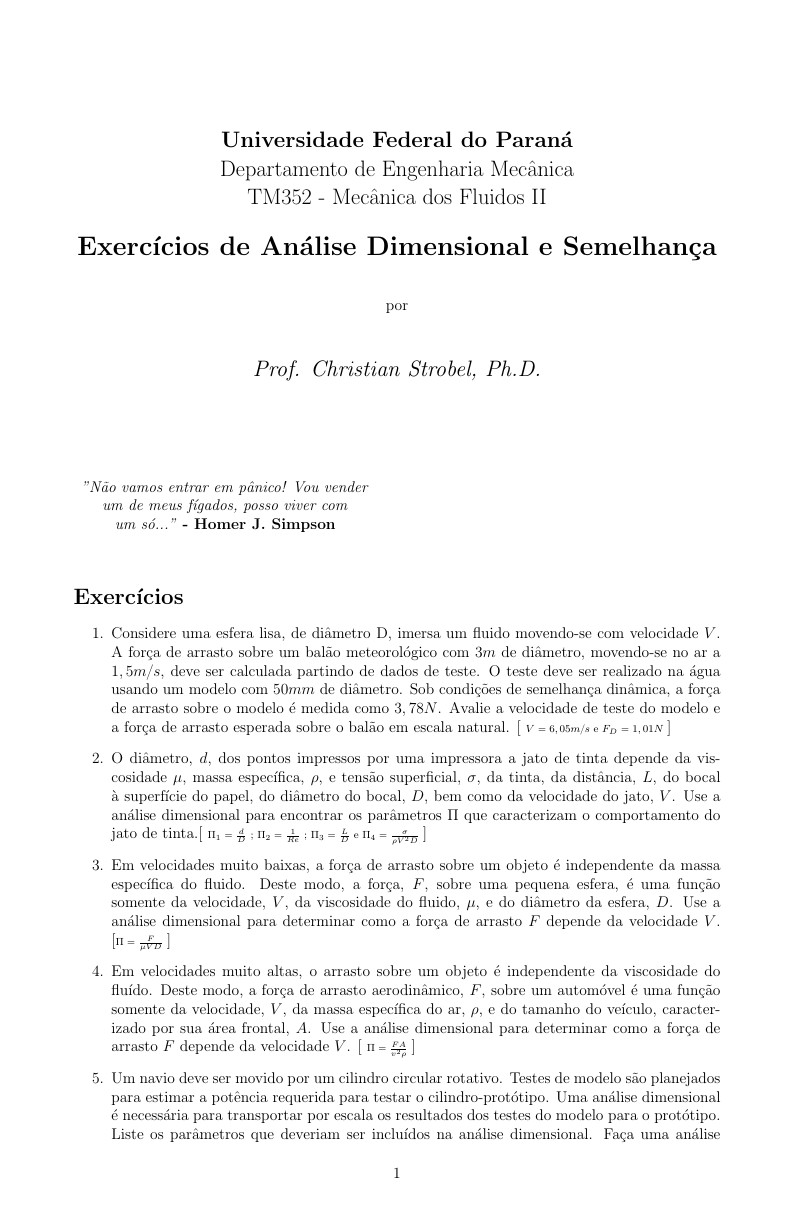Community articles — Math
Recent
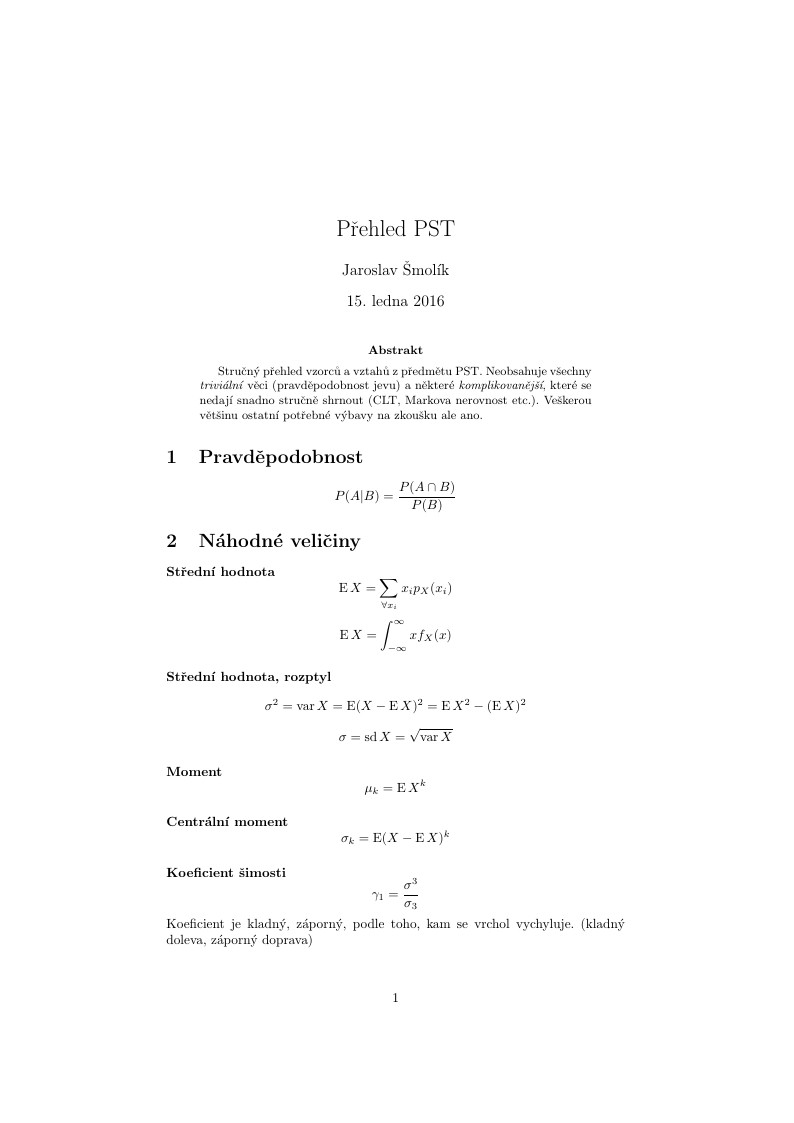
Stručný přehled vzorců a vztahů z předmětu PST. Neobsahuje všechny triviální věci (pravděpodobnost jevu) a některé komplikovanější, které se nedají snadno stručně shrnout (CLT, Markova nerovnost etc.). Veškerou většinu ostatní potřebné výbavy na zkoušku ale ano.
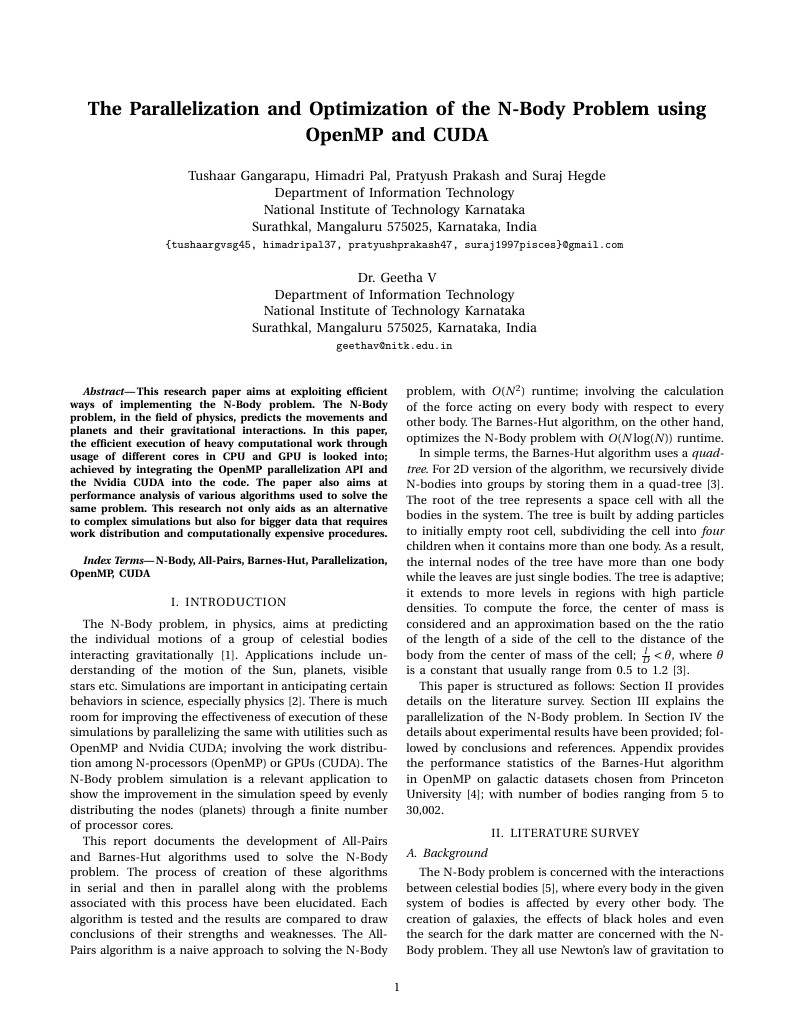
This research paper aims at exploiting efficient ways of implementing the N-Body problem. The N-Body problem, in the field of physics, predicts the movements and planets and their gravitational interactions. In this paper, the efficient execution of heavy computational work through usage of different cores in CPU and GPU is looked into; achieved by integrating the OpenMP parallelization API and the Nvidia CUDA into the code. The paper also aims at performance analysis of various algorithms used to solve the same problem. This research not only aids as an alternative to complex simulations but also for bigger data that requires work distribution and computationally expensive procedures.
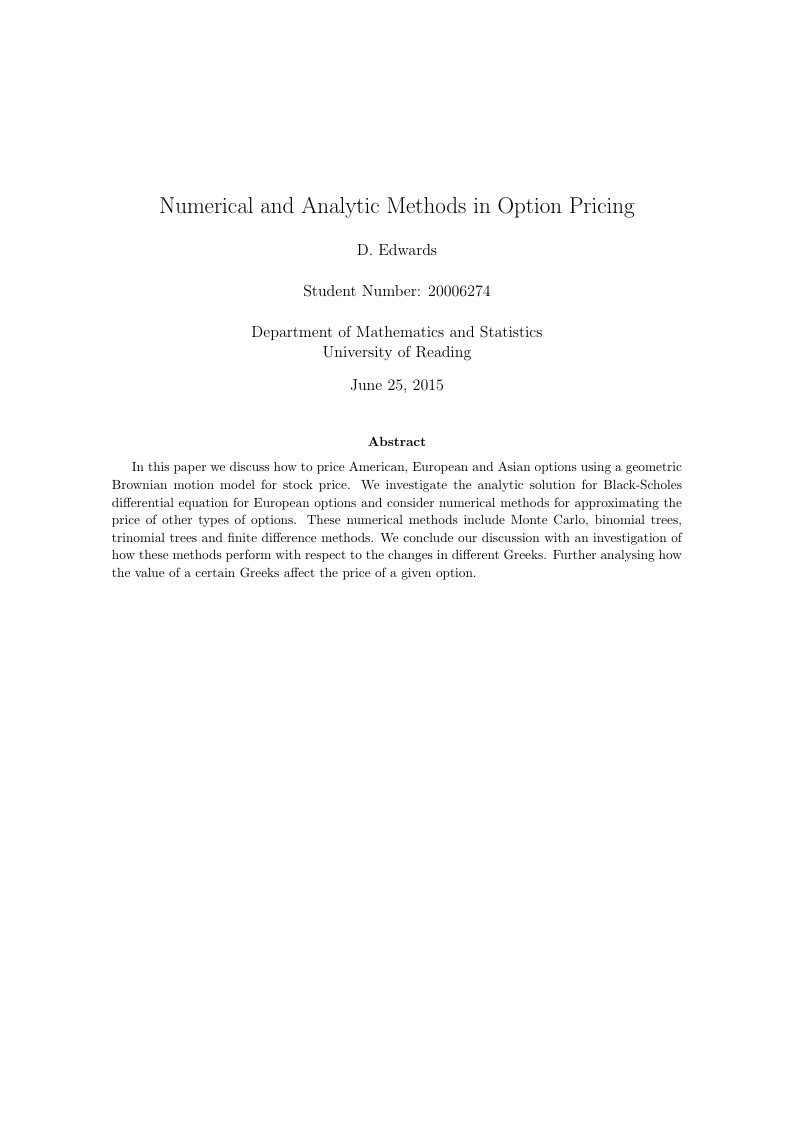
In this paper we discuss how to price American, European and Asian options using a geometric Brownian motion model for stock price. We investigate the analytic solution for Black-Scholes differential equation for European options and consider numerical methods for approximating the price of other types of options. These numerical methods include Monte Carlo, binomial trees, trinomial trees and finite difference methods. We conclude our discussion with an investigation of how these methods perform with respect to the changes in different Greeks. Further analysing how the value of a certain Greeks affect the price of a given option.
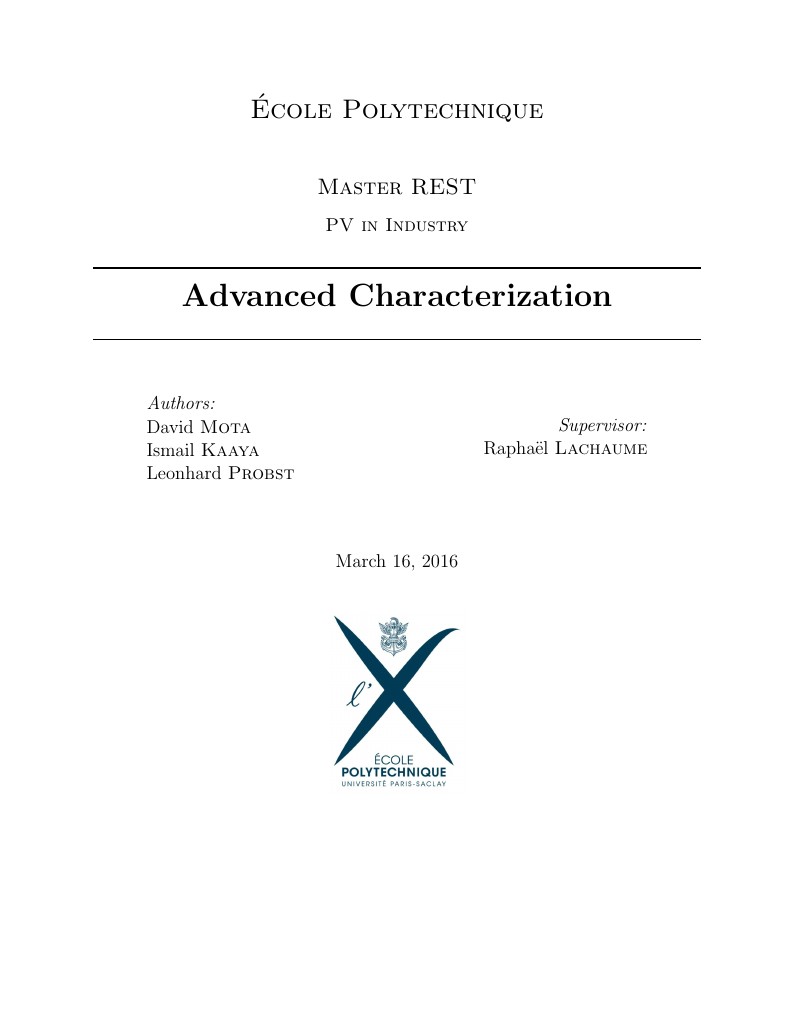
The objective is to study the effect of different experimental parameters on the reconstruction of the density of states (DoS) and to verify the viability of the 1D/2D simulation model developed at GeePs. Beside the calculation of the DoS through the modulated photo-current method (MPC), the ambipolar minority carrier diffusion length is measured through steady state photocarrier grating (SSPG) and the majority carrier lifetime / mobility product is measured through steady state photo-conductivity (SSPC). The measurements were observed to be in agreement with the theoretical simulations, but further experiments are needed to accurately conclude the need of a 2D simulation for the MPC experiment.
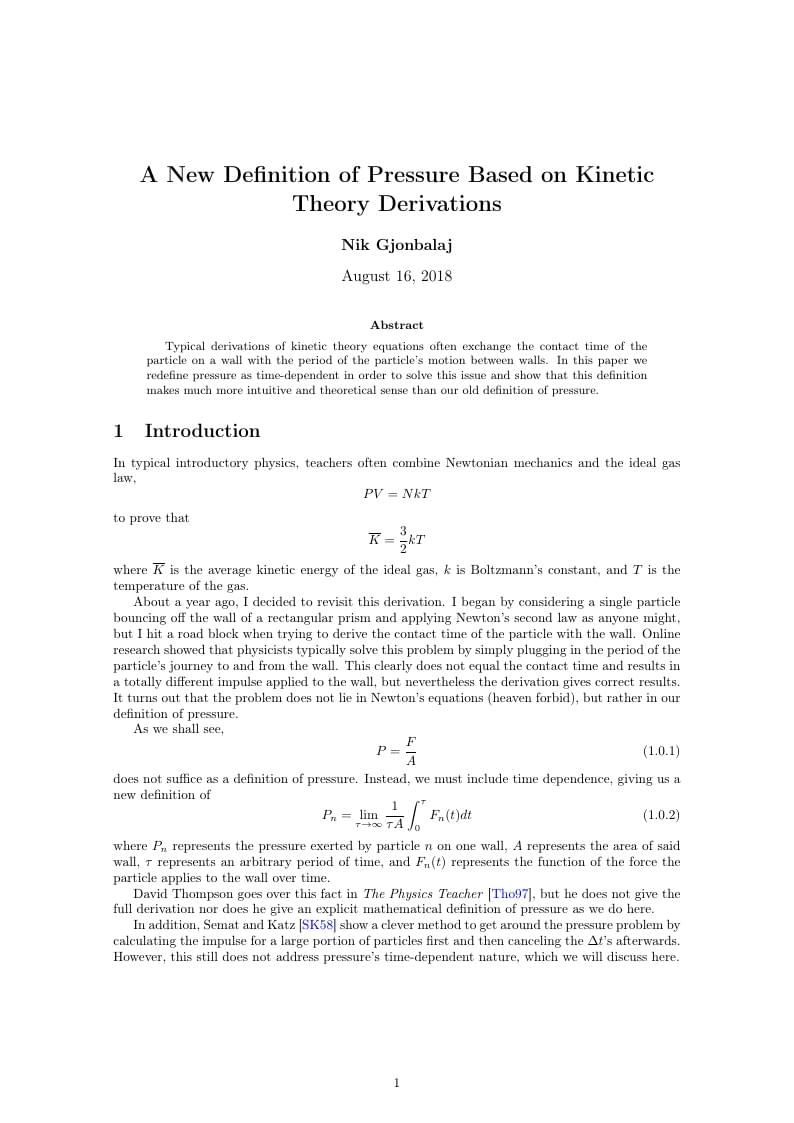
Typical derivations of kinetic theory equations often exchange the contact time of the particle on a wall with the period of the particle's motion between walls. In this paper we redefine pressure as time-dependent in order to solve this issue and show that this definition makes much more intuitive and theoretical sense than our old definition of pressure.
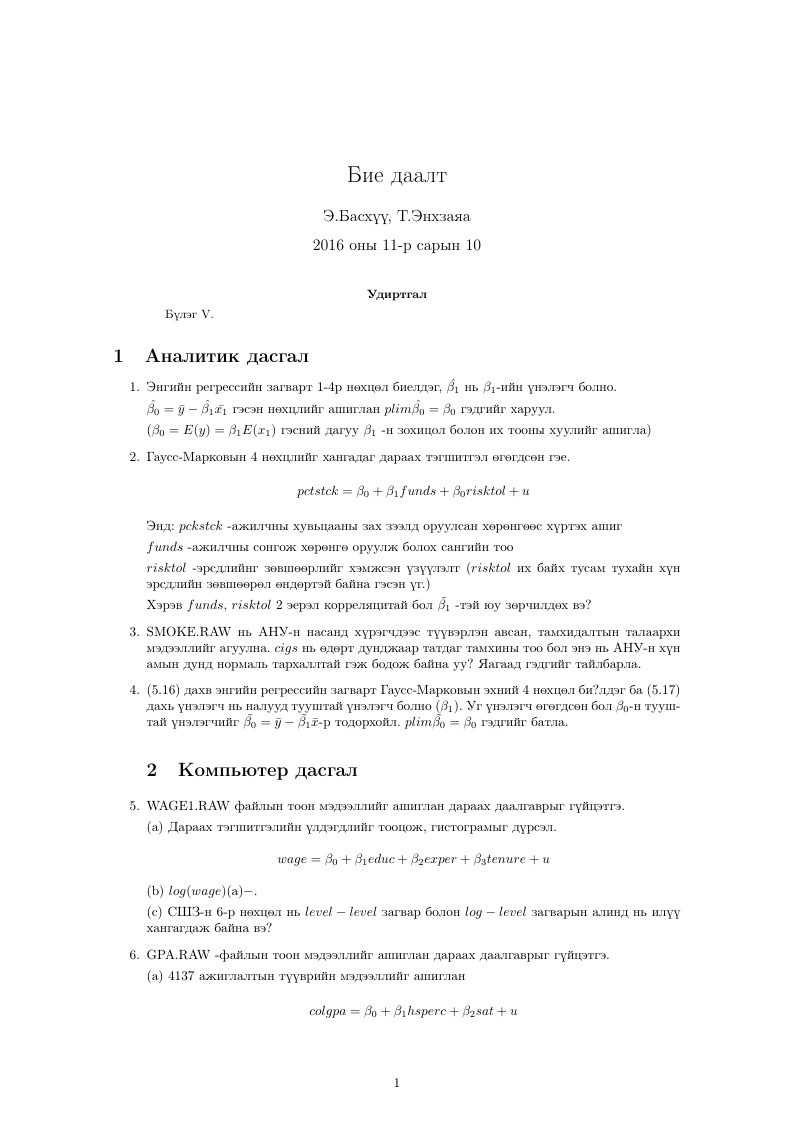
Бүлэг V.
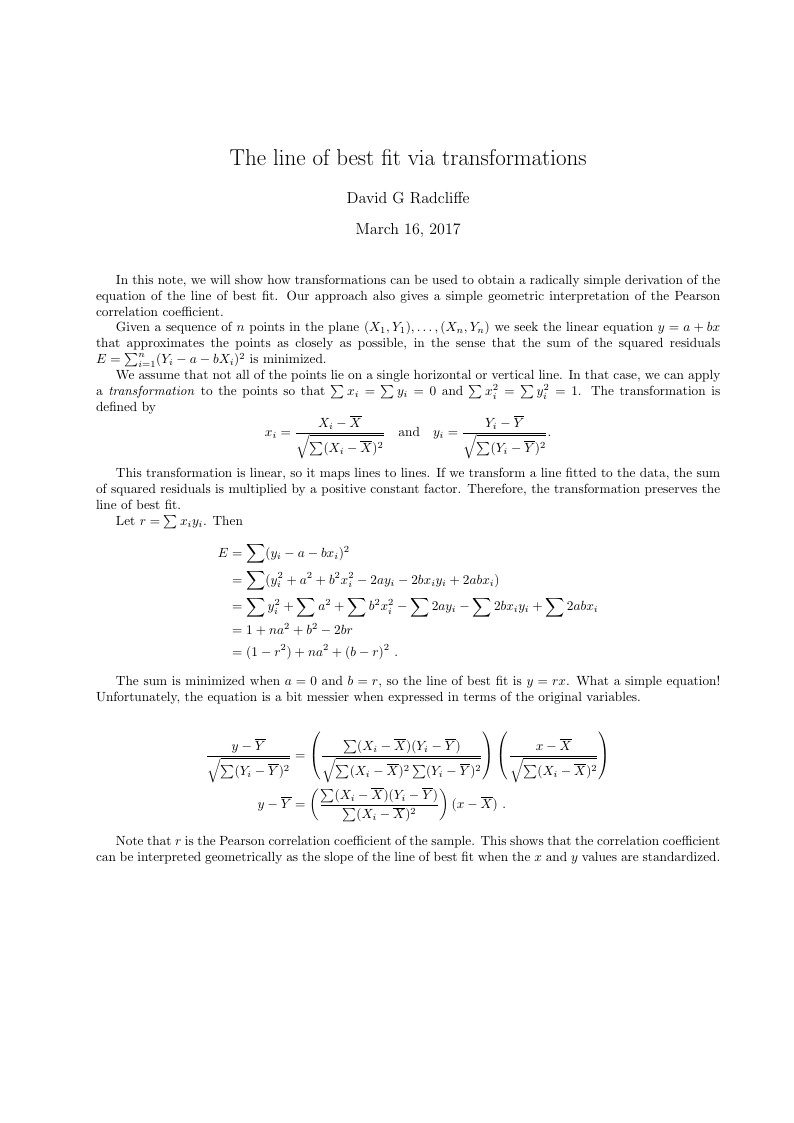
In this note, we will show how transformations can be used to obtain a radically simple derivation of the equation of the line of best fit. Our approach also gives a simple geometric interpretation of the Pearson correlation coefficient.

Vibration control is crucially important in ensuring a smooth ride for vehicle passengers. This study sought to design a suspension system for a car such that its mode of vibration would be predominantly bouncing at lower speeds, and primarily pitching at higher speeds. Our study used analytical and numerical methods to choose appropriate springs and dampers for the front and rear suspension. After an initial miscalculation, we succeeded in arriving at appropriate shocks for the vehicle with the desired modes of vibration at the specified frequencies. We then assessed the maximum bouncing and pitching that the vehicle would experience under a specific set of conditions: travel at 40 km/hr over broken, rough terrain. Our testing showed moderate success in our suspension design. We successfully damped the force being transmitted to both the front and rear quarter car somewhat, while ensuring that the modes of vibration fell into the desired shapes at the desired frequency ranges.
\begin
Discover why over 20 million people worldwide trust Overleaf with their work.
